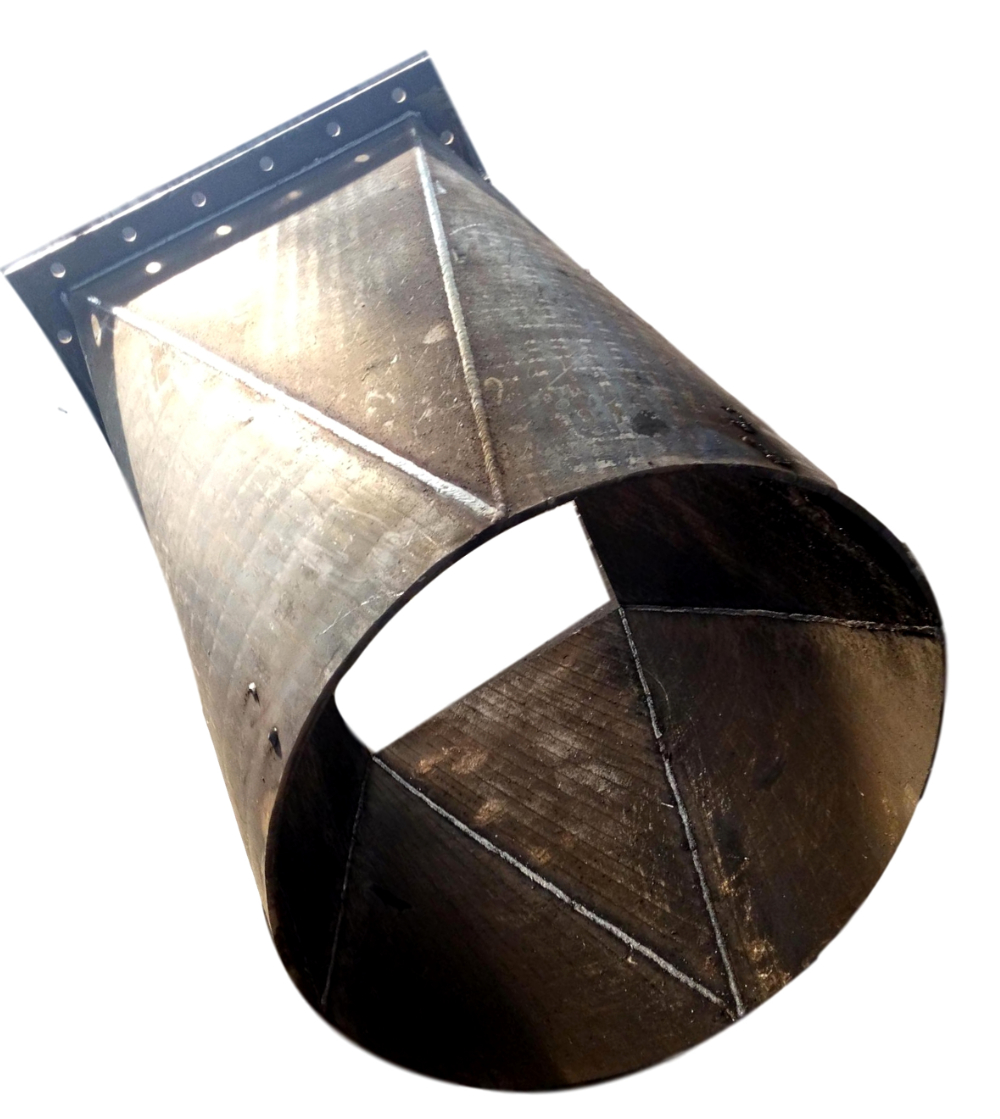The structure of the structural broach and the shape of the teeth are related to the broaching method. Broaching methods are usually divided into two types: layered broaching and block broaching. The former is divided into form and gradual form; the latter is divided into round cuts and integrated round cuts. The contours of the broaches are similar to the final shape of the surface to be machined. The shape of the incremental broach is different from the shape of the workpiece. The shape of the workpiece is gradually formed by cutting each tooth. The rotary broaching knife is composed of multiple sets of cutter teeth. Each set has several cutters with the same diameter and respectively cuts out a layer of metal, and the cutter gears of each group are used to cut out and remove the metal from each layer. The rough-cut teeth of the integrated wheel-cutting broach adopt a wheel-cut type, and the fine-cut teeth adopt a form. The cutting thickness of the rotary broach is much larger than that of the layered broach. It has high productivity but is difficult to manufacture.


We can design and build Hopper Liners for various applications where need to combat with abrasion. We specialize in the construction of our own HP chromium carbide plate. However, we can also make chutes from hardened steel such as mild steel, stainless steel and AR steel.
Feature
1. Good surface finish
2. Accurate size on fabrication parts
3. Quenching and tempering to obtain better wear resistance.
4. High wear & impact resistance, high weldability and easy installation.
Our service
1. Produce qualified wear resistant parts
2. Design and installation of boltless mill liners
3. Under certain working conditions, the mill liner material selection consulting service will be realized for a longer time service life
4. Grinding machine production and fineness improvement consulting services.
5. OEM / ODM project is available.
Typical applications of HP Hopper Liners
|
Bins & Hoppers |
Blast Furnace Handling Equipment |
|
|
Blades |
Blow Tank Plates |
Buckets & Components |
|
Bucket Lips |
Chip Silo Components |
Chipper Hoods & Components |
|
Chutes |
Conveyors & Liners |
Crusher Components |
|
Cyclones |
Dozer Blade Liners |
Debarking Drum Components |
|
Drag Conveyors |
Drums & Sprockets |
Dust Collector Systems |
|
Flights |
Fan Blades & Housings |
Flatback Elbows |
|
Flume Liners |
Hammer Mill Side Liners |
Heel Pads |
|
Haul Truck Bed Liners |
Hooks |
Hot & Cold Stip Mill Guides |
|
Impact Plates |
Liner Plates |
Log Decks |
|
Mine Cars & Equipment |
Sand Systems |
Scraper Blades |
|
Screens |
Shakeout Machines |
Scrap Handling Equipment |
|
Shot Blast Equipment |
Skip Cars |
Sprockets |
|
Washers |
Wear Plates |
|
Hopper Liner, Vertical Mill Classifier, Ore Chute Liner, Air Duct Parts, Cyclone Wear Parts
HuiFeng Wear Resistant Group , https://www.hpwearsolution.com